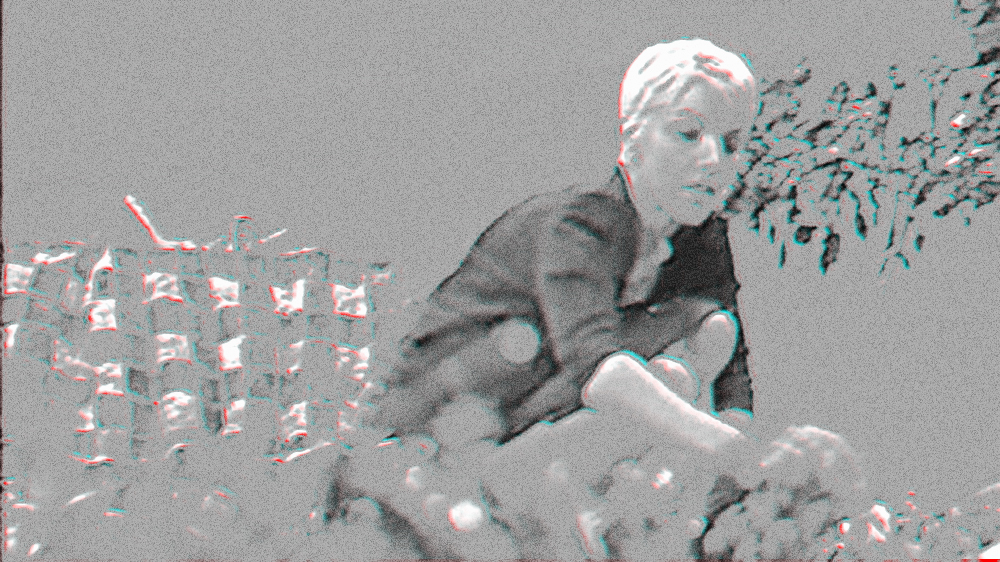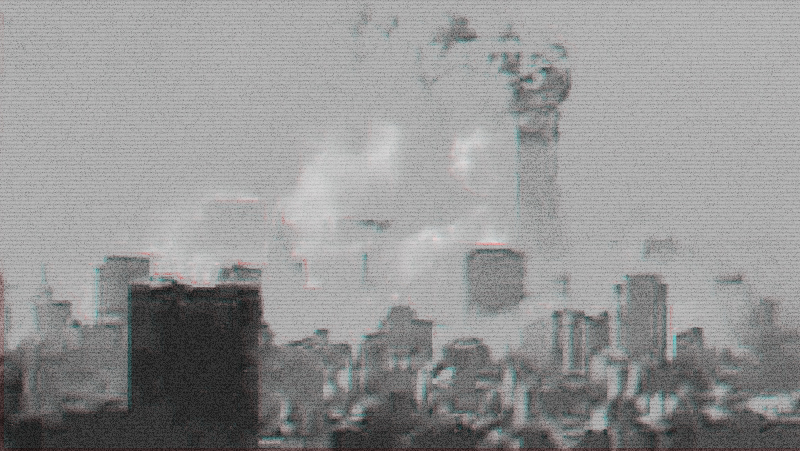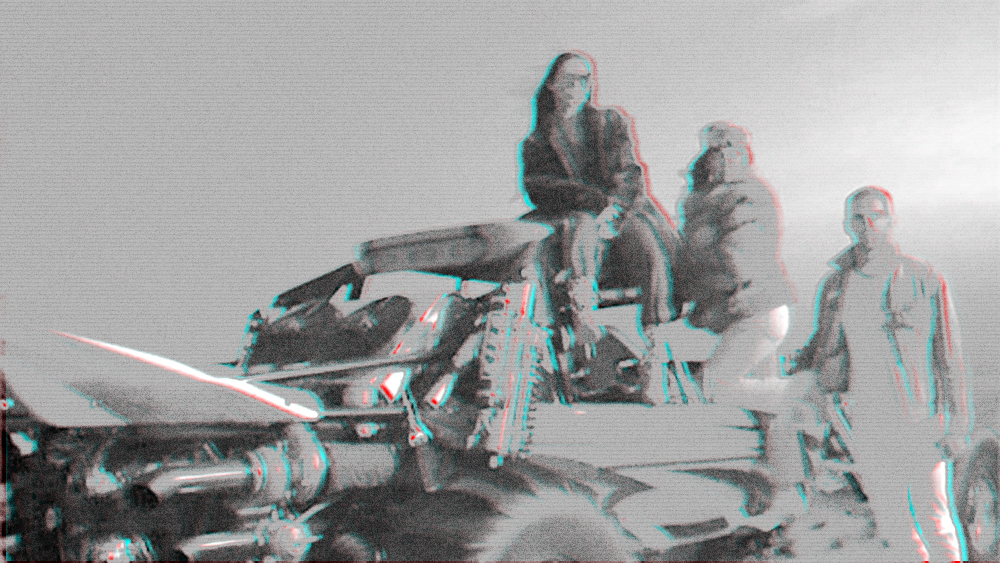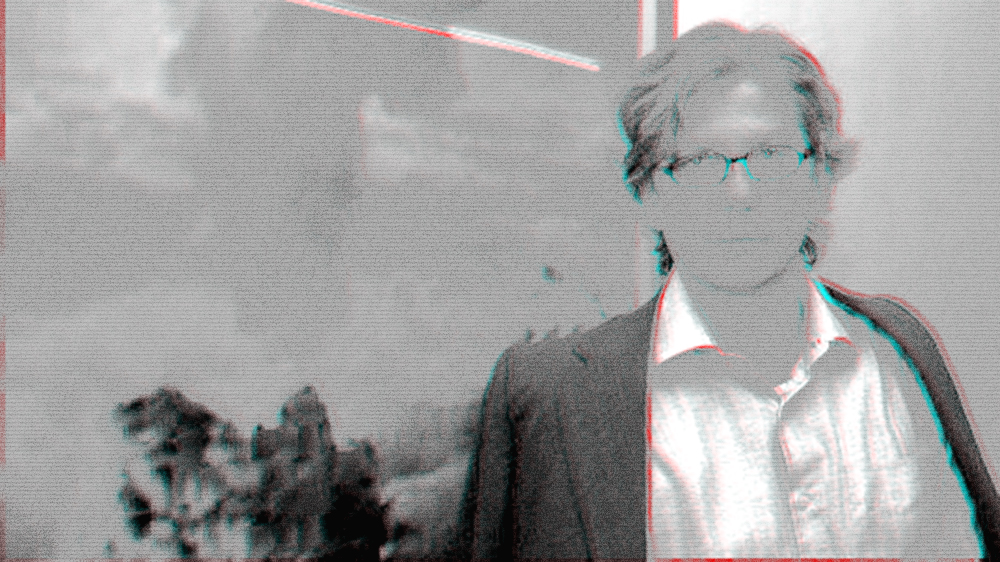Liza Lou is an American artist whose work has increasingly been recognized following the exhibition of Kitchen (1991-1996) at the New Museum of Contemporary Art in New York City; a work that recreated a modern kitchen with appliances, counters, various food items and running water in glass beads. Since that, glass beads have become her signature artistic form. It is interesting noticing that, even if the artist’s research focuses on materials and the process, the final result often recall the digital world and the pixel aesthetic.

Ixube (2014) explores the surface commonly accepted as the ground for art – the canvas – making it into the subject of the work. The title in isiZulu means random; and it is from this premise that the artist developed this current body of work. In fact, the resulting works display a tsunami of color and random pattern; with surfaces that can’t be fully known or comprehended in a single viewing. From randomly sequenced material, Lou composes images that are pixelated but also loosely impressionistic. The feeling is to be in front of a screen with some sort of glitch effects or distortions.
One of the most sublime artworks of the artist is the installation Color Field (2015) in the Neuberger Museum, New York. Consisting in eleven beads of glass on all of 576 blades positioned on 1.196 tiles; its approximately 7.5 million beads are arranged in a color scheme reminiscent of the art that emphasizes a pixelated visual structure. Opening and closing patterns emerge in this site-specific work; but the grid remains in such a fashion that each tile takes on the approximate appearance of a pixel as if the entire work is a massively expanded close-up of a digital image that is no longer available at a resolvable level. Yet, this isn’t quite correct. As noted in the artist’s website, Lou’s work has increasingly shifted such that “I became really interested in seeing what would happen if I took away subject matter and just had it be about process”.
The process the artist is speaking about is the physical activity that changes the material into its final artistic form. In fact, her artworks are often made by women of her Durban collective. First, Lou distributes hundreds of grams of each blend to be woven into long strips. After several months, the artist edits and assembles the individual strips to create a single unified field. Finally, the work is woven and stretched across steel stretcher bars. So, the sublimity of this works is present in the material of the artwork itself rather than the design. However, even if Color Field and Ixube are not works based on digital principles, their aesthetic recalls the digital world; creating a link between the world of artistic craftsmanship and the low-resolution universe.






